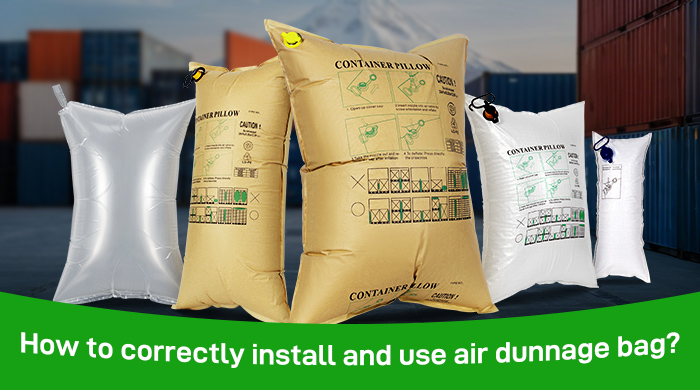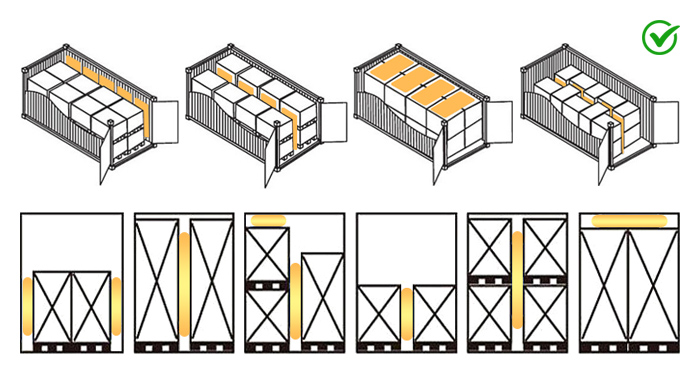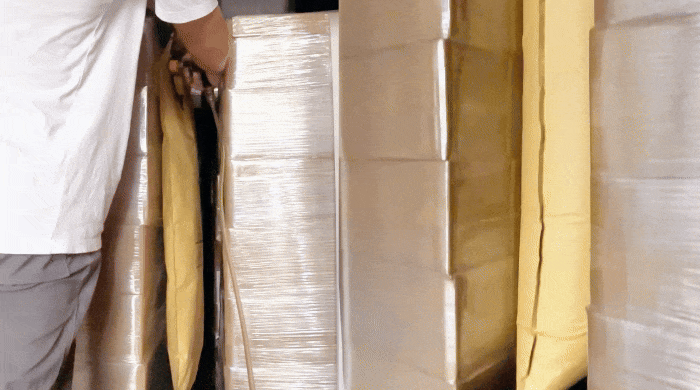- 【PackBest Air Packaging】Welcome to PackBest(www.cnpackbest.com)PackBest is Air Packaging!
- Call us 86-136-0004-4028
In the world of logistics and shipping, ensuring the safety of your goods during transit is paramount. At PackBest Air Packaging, we understand the importance of reliable packaging solutions, which is why we offer top-notch container air dunnage bags. But, do you know how to correctly use and install these bags to maximize their effectiveness? Let’s dive into a comprehensive guide that will make you an expert in no time!
Understanding the Basics: What Are Container Dunnage Bags?
Before we delve into the specifics, let’s clarify what container air dunnage bags are. These innovative packaging solutions are inflatable bags designed to fill gaps and prevent cargo from shifting during transportation. They provide a customizable and cost-effective way to secure your valuables, whether you’re shipping machinery, electronics, or any other fragile items.
Choosing the Right Dunnage Bag
Step 1: Assess Your Needs
First things first, you need to assess the size, shape, and weight of the items you’re shipping. Different dunnage bags come in various sizes and strengths, so selecting the right one is crucial. Do you need a large bag to fill wide gaps or smaller ones for more precise positioning? What’s more, with your packing needs in mind, PackBest also offers a combination of valves that inflate more quickly and soft valves that make it easier to inflate in small gap environments, helping you to pack faster and smoother.
Step 2: Material Consideration
PackBest air dunnage bags are made from durable, yet lightweight materials that can withstand the rigors of transportation. However, some materials might be better suited for specific environments, such as extreme temperatures or humid conditions. Make sure to choose a bag that aligns with your shipping requirements.
If you have questions about selecting the size, valve, or material for inflatable air dunnage bags, please contact PackBest. Our packaging engineers will provide prompt and professional assistance.
Installing Container Dunnage Bags
Step 1: Preparation
Before installing the air dunnage bags, ensure your shipping container is clean and free of sharp objects that could puncture the bags. Also, have your inflation device ready – whether it’s an electric pump, or an air compressor. Do you have the right adapter for our valve type? If unsure, refer to our user manual or reach out to our customer support team.
Step 2: Positioning
Place the dunnage bags strategically around your cargo. Focus on filling any gaps and ensuring that the load is stable. Remember, the goal is to prevent shifting, so don’t skip any potential weak spots. Container air dunnage bags must carefully be considered the placement. If two bags are placed together, transportation bumps can cause them to interact, resulting in “jumping bags” and potential damage to the goods.
Step 3: Inflation
Now, it’s time to inflate the bags. As a general rule, inflate it to 80 per cent of its capacity. This allows for some flexibility and ensures they conform to the shape of your cargo without putting too much pressure. Once you’re satisfied with the positioning, you can inflate them fully. Once inflated, securely close the valve to prevent air leakage.
Final Checks: Once inflated, perform a visual inspection to ensure there are no leaks and the air dunnage bag is securely in place. Double-check that your cargo is stable and not resting directly on the inflation valve.
Conclusion: The Power of Prevention
By correctly using and installing PackBest air dunnage bag, you’re not just safeguarding your cargo; you’re investing in efficiency, sustainability, and peace of mind. Our air dunnage bags are designed to be reusable, reducing waste and your carbon footprint.
We hope this guide has been helpful and informative. If you have any questions or need further assistance, don’t hesitate to reach out to our customer support team. Your satisfaction and the safety of your cargo are our top priorities.
Happy packing, and safe travels to your precious cargo!
Contact Form
Search
Related News
Hot Tags
Contact Us
Tel:86-136-0004-4028
Email:info@packbest.com
Working Hours:Monday-Saturday,08:00-17:30
© 2025. All Rights Reserved. 粤ICP备2023037612号








